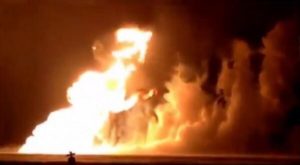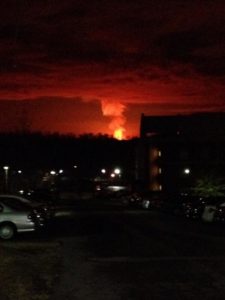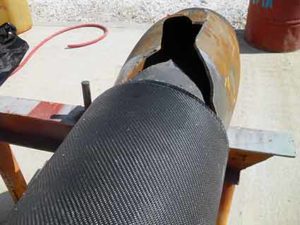â€

How to Prevent Pipeline Explosions: A Vital Step for Safety and Reliability
Pipeline explosions are becoming an increasingly alarming issue, often resulting in injuries, property damage, service interruptions, and even loss of life. According to the National Transportation Safety Board (NTSB), two main causes of natural gas pipeline explosions are mechanical failure and high-pressure ruptures. As expert Richard Peekema explains, gas leaks from weld cracks or corrosion can lead to dangerous accumulations of gas in the surrounding air, creating a serious risk of explosion. While these issues can release enough energy to cause catastrophic failures, they are preventable with proper maintenance and reinforcement. Regular inspections, timely repairs, and advanced materials can significantly reduce the likelihood of such incidents.
The recent winter has brought extreme cold to millions across the U.S. and Canada, making it difficult to stay warm—especially when gas supplies are disrupted. Earlier this year, a pipeline operated by TransCanada Corp exploded in Canada, sending flames over 600 feet into the sky and burning for more than 12 hours. The blast cut off natural gas supply to nearly 4,000 homes and businesses, leaving them without heat during a severe blizzard with temperatures as low as -20°F. The outage lasted three days, causing significant hardship. Such events not only affect residents but also disrupt local businesses and may even impact other nearby pipelines.
In February 2014, a major pipeline explosion occurred in Kentucky, managed by Columbia Gulf Transmission. The buried pipeline, located 20 feet underground, connects the Gulf of Mexico to New York and is part of the larger Gulf Coast network. The explosion created a crater nearly 60 feet deep, sent rocks flying up to 150 feet away, and caused a fire visible from 25 miles away. It destroyed two homes, damaged three others, scorched four cars, and ignited two barns. Several people were hospitalized, and others suffered burns. Although the exact cause was never confirmed, it likely involved one of the previously mentioned factors. Many such incidents could have been prevented with modern pipeline reinforcement technologies like HJ3’s CarbonSeal system.
HJ3’s CarbonSeal carbon fiber reinforcement systems are widely used around the world to repair and strengthen gas and oil pipelines. They have been successfully implemented in cities like Boston, Alaska, California, Texas, as well as in countries like Turkey and Mexico. These systems provide exceptional strength and durability, allowing pipelines to handle higher pressures while reducing long-term maintenance costs. Recently, HJ3’s CarbonSeal system passed rigorous burst testing and received approval for all PEMEX pipeline repairs, demonstrating its ability to withstand pressures up to 5,200 PSI. Gas pipelines typically operate between 200 and 1,500 PSI, depending on location. If you're responsible for a pipeline or concerned about safety, consider HJ3’s CarbonSeal solution. Contact our project managers today to learn more and ensure your infrastructure remains safe and reliable.
â€

â€

â€
Liquid Nitrogen Machine,Nitrogen Injection Machine,Liquid Nitrogen Injection Machine,Pet Bottles Liquid Nitrogen Injection
Zhoushan willman machinery technology Co.,Ltd , https://www.zhoushanwillman.com